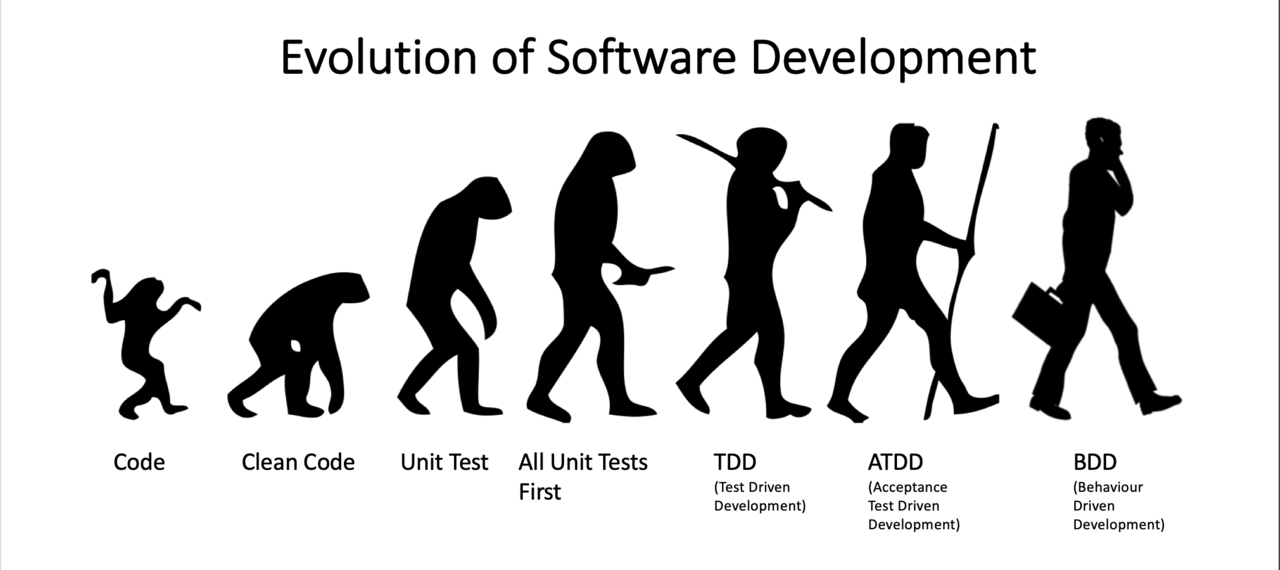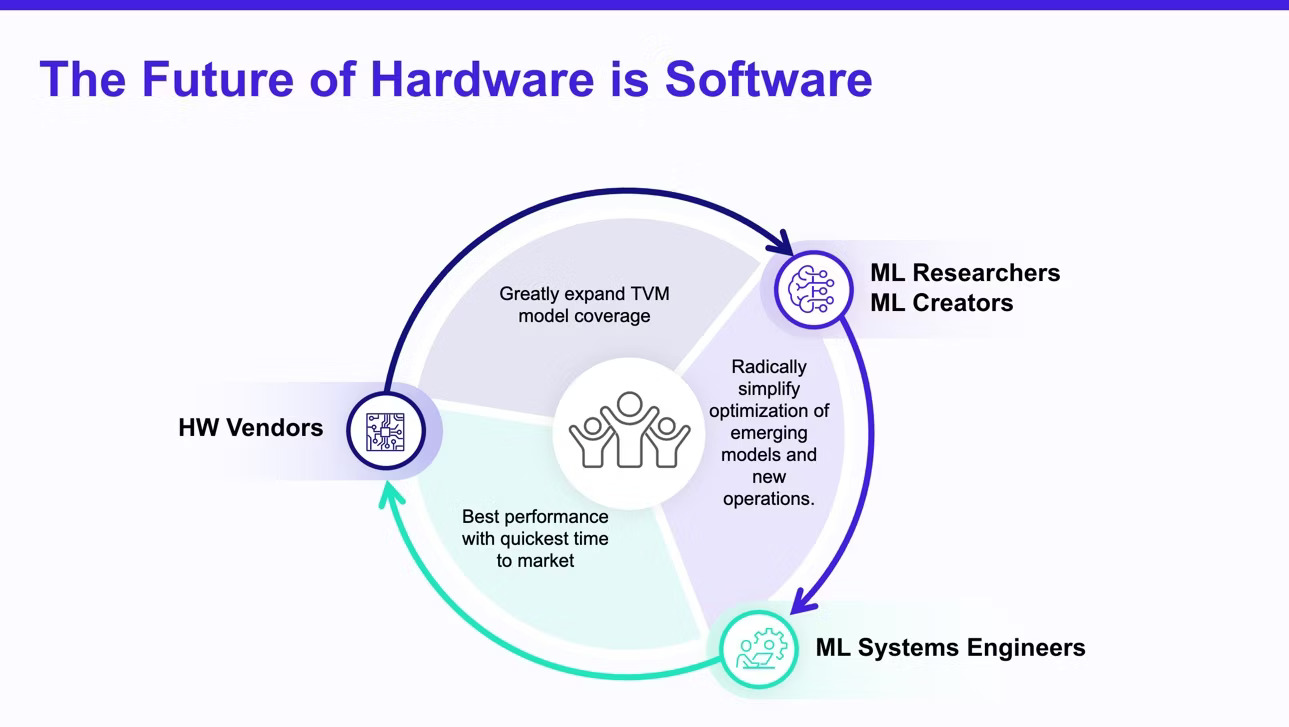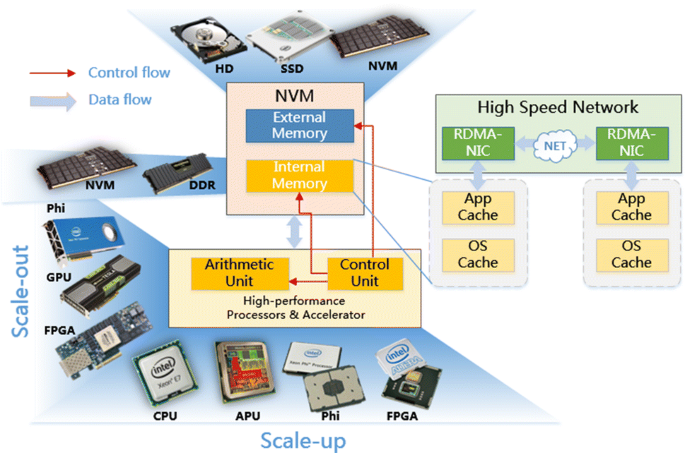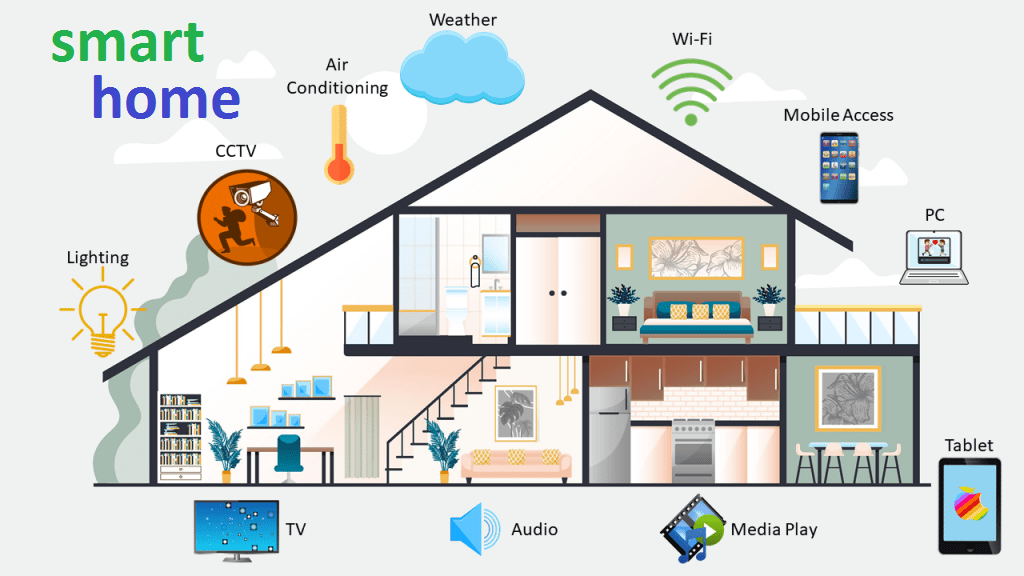Introduction:
The technology landscape is constantly evolving, driven by advancements in both software development and hardware capabilities. As we look to the future, the synergy between these two domains promises to unlock unprecedented possibilities, from intelligent applications and immersive experiences to more efficient and powerful computing devices. This blog delves into the future of software development and hardware, exploring emerging trends, innovative technologies, and their potential impact on various industries.
The Evolution of Software Development:

Software development has undergone significant transformations, with each phase bringing new methodologies, tools, and technologies that redefine how applications are built and delivered. The future of software development will be shaped by several key trends:
1. Artificial Intelligence and Machine Learning:
AI and machine learning (ML) are revolutionizing software development by automating tasks, enhancing decision-making, and enabling more intelligent applications.
- AI-Driven Development Tools: Integrated development environments (IDEs) and code editors are incorporating AI to assist developers by suggesting code snippets, detecting bugs, and optimizing code performance.
- Intelligent Applications: AI and ML are powering applications that can learn from user interactions, adapt to changing conditions, and provide personalized experiences. Examples include recommendation systems, virtual assistants, and predictive analytics platforms.
2. Low-Code and No-Code Platforms
Low-code and no-code platforms democratize software development by allowing individuals with little or no coding experience to create applications.
- Accelerated Development: These platforms provide visual development environments and pre-built templates, enabling rapid prototyping and deployment of applications. This accelerates the development cycle and reduces time-to-market.
- Business Empowerment: Non-technical users can develop custom solutions tailored to their specific needs, fostering innovation and reducing dependency on traditional development teams.
3. Microservices and Serverless Architectures
Microservices and serverless architectures are transforming how applications are designed and deployed, offering greater scalability, flexibility, and efficiency.
- Microservices: Breaking down applications into smaller, independent services allows for easier maintenance, faster updates, and improved scalability. Each service can be developed, deployed, and scaled independently.
- Serverless Computing: Serverless platforms enable developers to run code without managing infrastructure. Functions are executed in response to events, scaling automatically based on demand. This approach reduces operational overhead and optimizes resource utilization.
4. Quantum Computing
Quantum computing holds the potential to solve complex problems beyond the reach of classical computers, with significant implications for software development.
- Quantum Algorithms: Developing algorithms that leverage quantum computing’s unique capabilities will enable breakthroughs in cryptography, optimization, and simulation.
- Hybrid Approaches: Combining classical and quantum computing resources will allow developers to tackle problems more efficiently, utilizing the strengths of both paradigms.
The future of hardware
Advancements in hardware are essential for supporting the increasing demands of modern software applications. The future of hardware development will be characterized by several key innovations:

1. Edge Computing
Edge computing brings processing power closer to the data source, reducing latency and bandwidth usage while enabling real-time processing.
- IoT Devices: The proliferation of Internet of Things (IoT) devices requires efficient and responsive data processing at the edge. This is crucial for applications such as autonomous vehicles, smart cities, and industrial automation.
- Enhanced Security: By processing data locally, edge computing reduces the risk of data breaches and ensures sensitive information is handled securely.
2. Advanced Processors and Architectures
The development of advanced processors and innovative architectures is driving significant improvements in computing power, energy efficiency, and versatility.
- Neuromorphic Computing: Inspired by the human brain, neuromorphic processors use artificial neurons and synapses to perform parallel computations, enabling more efficient AI processing and lower power consumption.
- Heterogeneous Computing: Combining different types of processors (e.g., CPUs, GPUs, and FPGAs) in a single system allows for optimized performance across various workloads, from AI inference to graphics rendering.

3.Next-Generation Memory Technologies
Innovations in memory technologies are essential for meeting the performance and capacity demands of modern applications.
- Non-Volatile Memory: Technologies such as 3D XPoint and MRAM offer faster access times and higher endurance compared to traditional NAND flash memory, enhancing the performance of storage systems.
- Persistent Memory: Bridging the gap between volatile RAM and persistent storage, persistent memory technologies enable faster data access and improved system resilience.
4. Flexible and wearable electronics
The development of flexible and wearable electronics is opening up new possibilities for personal devices and healthcare applications.
- Flexible Displays: Advances in flexible display technology are enabling the creation of foldable smartphones, rollable tablets, and wearable screens that conform to the human body.
- Smart Textiles: Integrating sensors and electronics into fabrics allows for the development of smart clothing that can monitor health metrics, track physical activity, and provide haptic feedback.
Synergy Between Software and Hardware:

The future of technology lies in the seamless integration of advanced software and hardware, creating holistic solutions that are greater than the sum of their parts. Several key areas exemplify this synergy:
1. Autonomous Systems
Autonomous systems, such as self-driving cars and drones, rely on a combination of sophisticated software algorithms and advanced hardware sensors to navigate and operate safely.
- Sensor Fusion: Combining data from multiple sensors (e.g., LiDAR, radar, cameras) enables more accurate perception and decision-making, which is essential for autonomous operation.
- Real-Time Processing: Powerful onboard processors and edge computing capabilities ensure that data is processed in real-time, enabling quick and accurate responses to dynamic environments.
2. Smart Home Ecosystems
Smart home ecosystems integrate a wide range of devices, from thermostats and lighting to security systems and entertainment centers, all working together seamlessly.

- Interoperability: Ensuring compatibility between devices from different manufacturers requires standardized communication protocols and APIs, enabling seamless integration and control.
- Intelligent Automation: AI-driven software can analyze user behavior and preferences to automate routine tasks, enhance energy efficiency, and improve overall convenience.
Challenges and Considerations
While the future of software development and hardware holds great promise, it also presents several challenges that must be addressed:
1. Security and Privacy
As devices become more interconnected and data-driven, ensuring security and privacy is paramount. Developers and manufacturers must implement robust security measures and transparent data practices to protect user information.
2. Skill Development
The rapid pace of technological advancement requires continuous learning and skill development for software developers and hardware engineers. Investing in education and training is essential to keeping pace with emerging technologies.
Conclusion
The future of software development and hardware is a dynamic and exciting landscape, marked by rapid innovation and profound potential. As AI, edge computing, quantum computing, and other cutting-edge technologies continue to evolve, the synergy between software and hardware will drive the creation of intelligent, efficient, and immersive solutions that enhance our lives in countless ways.

